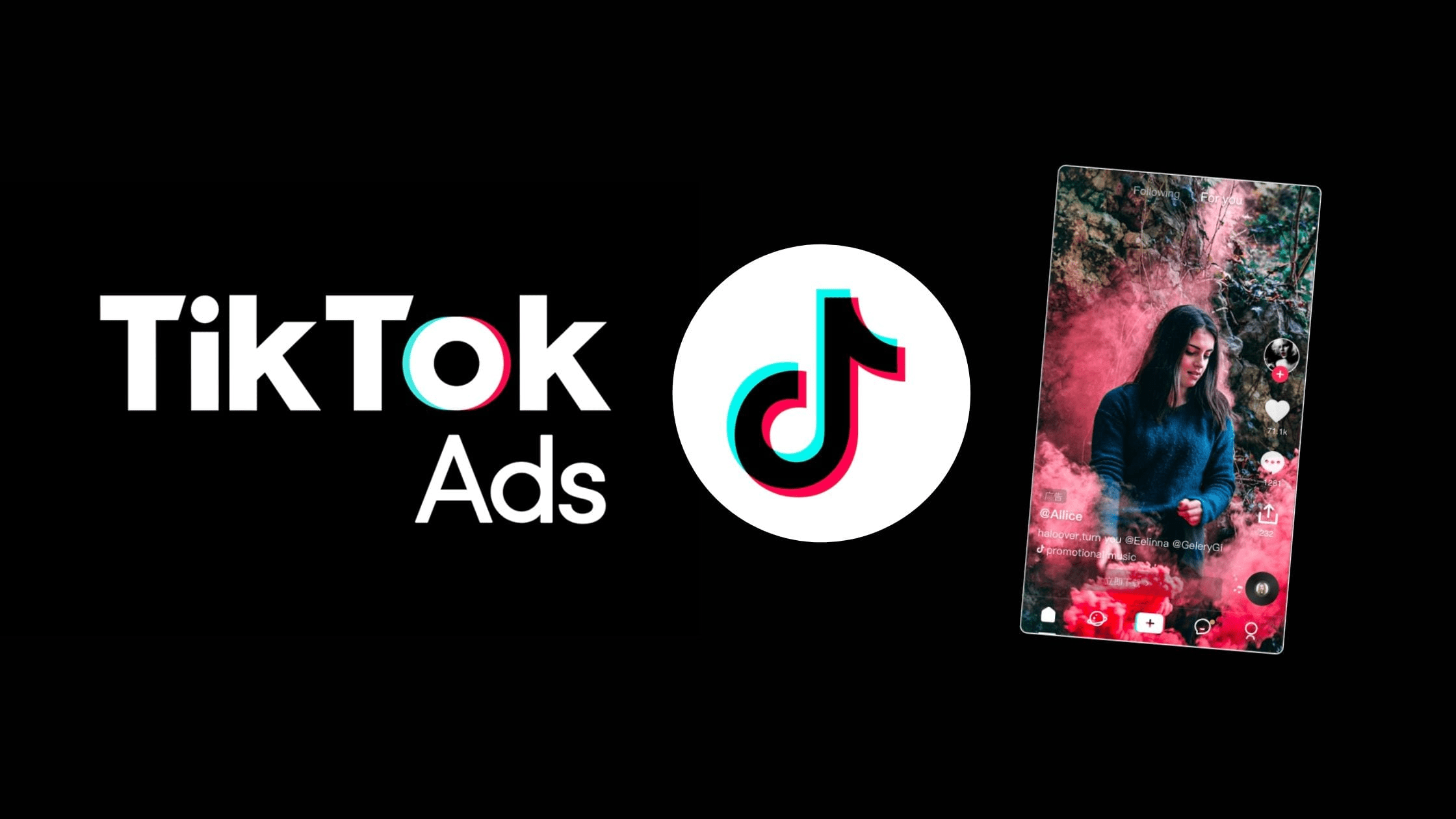Online Community (n.): A group of people with similar goals or interests who connect and exchange information using web tools.
 “Content strategy” has become a new Internet marketing buzz-phrase that has had a lot of implications for SEOs, webmasters and business owners. Now that social media has an impact on a website’s quality search signals, there are “plenty of SEOs and SMOs that could talk all day about social media tracking, reverse-engineering what the engines are looking for, and offering up a million different tactics, techniques and strategies for better rankings in SEO through social media.” Because I’m not an SEO and I don’t subscribe to that approach, I had to quote this guy.
“Content strategy” has become a new Internet marketing buzz-phrase that has had a lot of implications for SEOs, webmasters and business owners. Now that social media has an impact on a website’s quality search signals, there are “plenty of SEOs and SMOs that could talk all day about social media tracking, reverse-engineering what the engines are looking for, and offering up a million different tactics, techniques and strategies for better rankings in SEO through social media.” Because I’m not an SEO and I don’t subscribe to that approach, I had to quote this guy.
What I mean is that while many different businesses, corporations, SEOs and bloggers have successfully integrated a content strategy into their SEO and formed an engaged and interactive community, there are still some who fail to understand that the importance of building an online community goes beyond increased social signals, content promotion, traffic and conversions. It’s about your brand and your audience’s interaction with it. While marketing seldom has a magic bullet on any platform, there is only one tried-and-true method that always works – discovering what value means to your target audience and delivering it in a meaningful way.
Catering to Your Demographic
Though the benefits social media provides for your SEO strategy are undeniable and certainly desirable, remember that your social media interactions must also provide value to your audience and reflect the personality of your brand. It’s not just a place where you slap up a link to your content. So, before you create social media profiles and begin promoting your content, take some time to set concrete goals for your social media strategy.
Building a community requires more than just posting your latest articles. Consider your target audience:
– Who are they?
– How do they live?
– What motivates them?
– What are their fears, frustrations and expectations? (psychological motivators)
Social media is not meant to be self-serving; it is meant to be a place where you grow a community that, in its own way, helps you grow too. It is a place where you can show your audience that your business is actually made up of humans who care about them, who want to hear what they have to say and that want to help them. It is only when you know your audience that you can begin to build a community that nurtures and supports its members.
It’s All About Reciprocity
Social media is about creating a culture around your brand and starting conversations that include your audience. It takes customer service to a whole new level.
The attitude you approach social media with will have much to do with the response you get. By conversing with your consumers, you can discover what they really care about. That insight is invaluable because it can help you come up with solutions to the problems and questions that really matter to the people that should matter to you. For example, paying attention to what people are saying to you allows you to come up with content that is important and helpful – USEFUL – to them, and to build products or offer services that were created with their struggles in mind, all of which will increase brand loyalty, authority and credibility.
The other benefits of social media – quality search signals, traffic and conversions, and all that – will ultimately spring from a positive, helpful attitude and an unmistakable personality that encourages participation and rewards interaction. By staying connected and aware of your audience, you can position your company as an important part of your customers’ daily lives.
“Danger, Will Robinson!”
 So often it seems that we have lost the knack of being social without sounding robotic, especially since the Internet can be a very impersonal platform. This is why the voice you use to broadcast your message is so important. While the robotic voice may work for SEOMoz’s Roger, who honestly has more personality than some humans, it probably won’t work for the rest of us. We’re not robots; we’re people, and that makes all the difference in how you present your brand. Whether you’re causal, light hearted and humorous, or sober, professional and reserved in your demeanor (as your industry calls for), it should coincide with whom you are as a company and what your audience would expect from your industry.
So often it seems that we have lost the knack of being social without sounding robotic, especially since the Internet can be a very impersonal platform. This is why the voice you use to broadcast your message is so important. While the robotic voice may work for SEOMoz’s Roger, who honestly has more personality than some humans, it probably won’t work for the rest of us. We’re not robots; we’re people, and that makes all the difference in how you present your brand. Whether you’re causal, light hearted and humorous, or sober, professional and reserved in your demeanor (as your industry calls for), it should coincide with whom you are as a company and what your audience would expect from your industry.
Either way, remember that sincerity and courtesy are imperative because you are not just marketing to your audience; you are building relationships with real people. Sometimes it’s easy to forget sitting in front of a computer screen, but there are other people in front of their computer screens who are posting messages, comments and questions, liking and sharing and re-tweeting. Ultimately, we are all looking for validation and understanding (to a certain level) from someone whose credibility we can trust, which is why it is important to be open and honest with people, to have a genuine excitement about what you do and curiosity about your community members and what drives and interests them.
Don’t just use social media to share your own articles. Share your thoughts, share pictures and quotes, things that amuse or interest you, other people’s articles, videos and memes that you think your audience would also be interested in, ask questions and value people’s responses. Just like a true community, an online community is there to help and support its members, to share items of interest or entertainment. A community whose leader is sincere and candid about their dedication to solving problems and facing challenges, whose audience is genuinely interested and provides quality input, will always outperform search signals that have been gamed.
The only way to ensure a lasting influence and success over the long term isn’t to play to what algorithms are looking for – what “works” today may not “work” tomorrow. Don’t settle for the bare minimum. Building relationships with your audience, building a community around your brand; that is the only formula for long-term success.
The Only Tried and True Method
The simplest way to begin engaging your community is to thank them for the like, the share, the +1 or re-tweet, to respond to a comment and thank them for it. If someone makes an effort to contribute to a conversation that you started, reward them for it by responding. Even if you just like their response on Facebook, for example, you’re letting them know that you noticed and that you appreciate their input. Validate the action. It can make a world of difference to someone. That’s the first step.
From there it’s up to you. Make a true effort to find out what your audience thinks and feels. The more you listen, the more value you can offer them and the more they will appreciate you. If in doubt, just ask. Social media can be used to survey large groups of people or to communicate one-on-one. But no matter what you do, value the response you get. Consider it when planning future projects and setting future goals. Tricia Nicolas, the Global Lead of Consumer Engagement, Media Strategy and Brand Partnerships for The Gap, says “if you can define what value means to your target audience and figure out a meaningful way to deliver it, you can shape campaigns that will produce authentic, personal engagement. While the execution styles will vary, the “magic” of knowing your consumer is tried and true.” The most successful companies are the ones who incorporate their audience’s input into their decisions.
To discover how Optimum7 can help you create a social media strategy with personality and longevity, contact us today!





